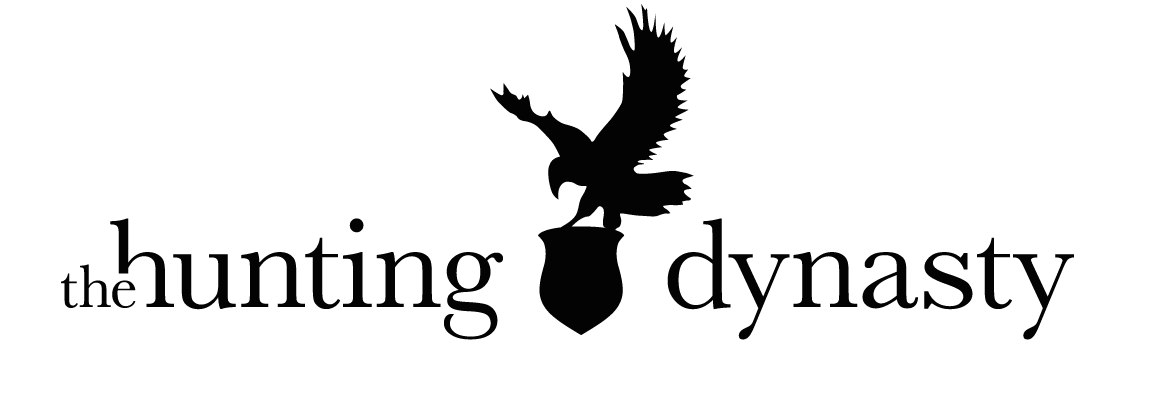Context is important. In fact, it’s one of the big three (quasi-stationary equilibria, and construal being the others). One of the surprising things about context is that small differences in situation can elicit large shifts in behaviour – the relationship is asymmetric.
Ross and Nisbett say of this relationship
“When we find an apparently small situational circumstance producing a big behavioural effect, we are justified in suspecting we have identified a channel factor. . . ”
This can be the difference between vague intention and definite action.
Bonding experience
Dorwin Cartwright, in 1949, experimented with the US government’s ‘Buy War Bonds’ campaign during WWII. His tweaking of messaging doubled sign-up rates (see paragraph in our ten-minute behavioural guide), however personal on-the-spot sign-up was an even greater ‘situational circumstance’ with almost 60% of US wage earners signing on the dotted line compared to fewer than 20% without the direct appeal. In both cases, almost all American citizens agreed with appeals to buy US War Bonds, almost all thought they were desirable, and almost all knew to buy them at a bank or post office. It was the direct appeal that took the 20% up to 60%.
The lessons about channel factors are not forgotten today.
Bed, bath, and beyond
In the US the bedding company 1-800-Mattress boasted 80% of the New York mattress market simply by offering to take customers’ old mattress away, reports Director Magazine. It was a great source of bother for customers and influenced purchase decision directly. Today you can see on moneysavingsexpert.com a discussion about how to dump old mattresses [*spoiler: none are convenient], and elsewhere discussion about ways to donate them. Westin Hotels at Home are getting in on the action too, after complaints about 1-800 Mattress not taking-away stained mattresses as shown by this (admittedly anecdotal) forum. This tells us this ‘channel factor’ – or the difference between vague intention and definite action – is so successful in increasing sales it’s worth fighting your competitors over. I suggest a communications-only agency would have trouble finding – and proposing – the take-your-old-one-away solution, as much as a communication-only client would have in accepting it. They simply would not be looking for it. The work would be in increasing interest and desire. However, behavoural insight – for many marketers the province of research agencies – delivers explanation of customers’ behaviour.
No slippage
The Ehrenberg-Bass Institute talk about channel factor in terms of physical availability. I am not a fan of adding unnecessary layers to the psychology of situational circumstance, which is already a subset of context, and specifically physical availability feels rather simplistic. However, Professor Byron Sharp highlights a great example of channel factors at work for the UK supermarket chain Sainsbury’s. Over the winter/Christmas period of 2010 they had phenomenal sales which saw them beat previous year sales and move from the third to the second largest chain in the UK.
Their CEO thanks one crucial factor – salted car-parks. They spread 12,000 tonnes of salt on the snow and ice to make sure their stores were open and useable. A clever little ‘1-800 Mattress’ for car-parks.
____________
Finding where the ‘river wants to flow’ is a useful colloquial expression for finding large behavioural response to small situational change and serves as a good rule of thumb.
 However, I don’t have a cute phrase to encapsulate why we sometimes ignore a lack of situational circumstance and simply force our desire on the context in which we find ourselves – an elegant solution to which is this Hanger Chair. (I don’t hang my clothes on chairs, of course. I don’t! Honestly! Do you?) (Hat tip to a tweet by BJ Fogg, a Stanford innovator & psychologist, and well worth a follow.)
However, I don’t have a cute phrase to encapsulate why we sometimes ignore a lack of situational circumstance and simply force our desire on the context in which we find ourselves – an elegant solution to which is this Hanger Chair. (I don’t hang my clothes on chairs, of course. I don’t! Honestly! Do you?) (Hat tip to a tweet by BJ Fogg, a Stanford innovator & psychologist, and well worth a follow.)
Have you ever used a chair as a hanger? Now, at last, you can use a hanger as a chair –> http://t.co/tOQGQM3V
— BJ Fogg (@bjfogg) April 21, 2012
We can see that small differences in situation can elicit large shifts in behaviour – proof that considering context is important. Deriving the location of situational differences, however, is as much the purview of behavioural insights as it is the blind-spot of a traditional marketing.
That much is clear, right?
For more on this speak with us, or have a look at our capabilities
Also, as co-founders and supporters of the London Behavioural Economics Network, join the Meetup group and Facebook group for more details and events
Related Posts
August 13, 2023
Money (but not called that, and how it changes behaviour).
Advertising agencies make a lot of…
August 1, 2023
Reading ease is not as easy as all that – comprehension shows the way
It's easy to make text readable, right?…
July 20, 2023
The ‘Hollywood hello’ – and the importance of context when communicating
When communicating we all like to be as…




